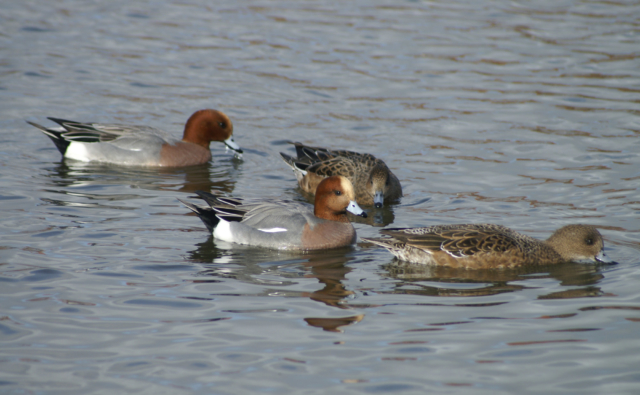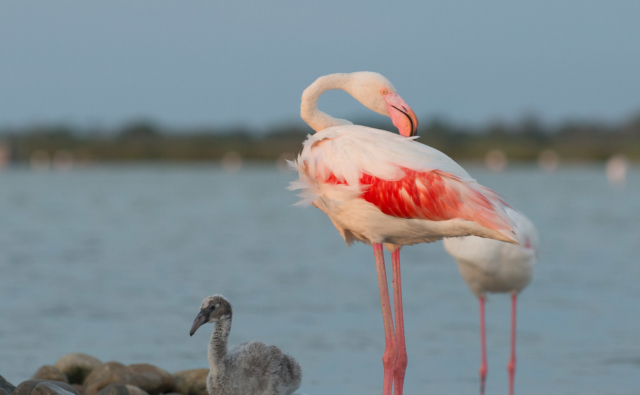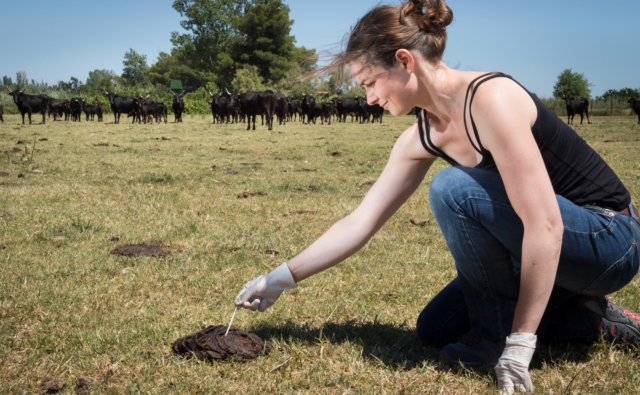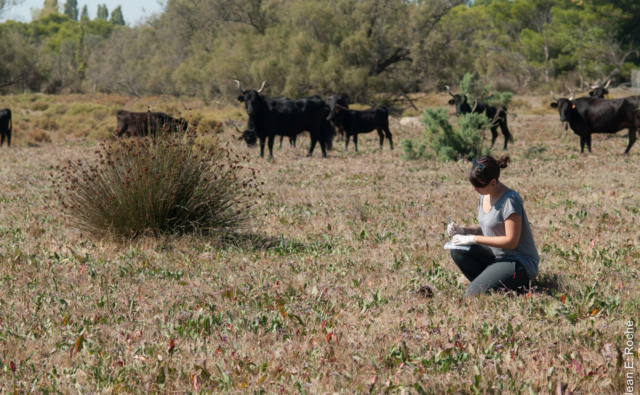This article was published in the journal Environnement, Risques & Santé.
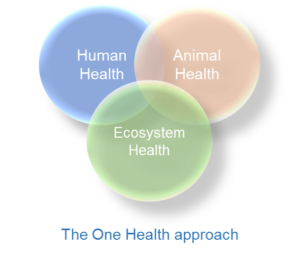
This article proposes a reflection on the purpose of this approach and the difficulties to really implement it. The different definitions of health according to whether it is applied to humans, animals or ecosystems are discussed as well as the associated issues. The article emphasizes the need for continuous dialogue between the actors of the different sectors involved and suggests that the objectives and implementation of actions in the progression of the “One Health” approach should be dynamic, as is the case with any approach to life.
You can access to it on the Tour du Valat web documentary portal.
Abstract:
The reason to put the “One health” approach into practice may seem obvious. However, the different sectors and disciplines involved in this approach may not see it in the same light. In this article, we try to understand the underlying difficulty in answering a seemingly simple question. In particular, we highlight the different definitions of health as applied to humans, animals and ecosystems. We also note that, while plant health is included in the One health approach, it does not appear as clearly as animal health, which raises questions about the status of cultivated plants within this concept. We thus suggest showing how the different health sectors overlap rather than merely juxtaposing them. As there is no simple solution to converge the definitions and objectives of the different sectors involved, we also stress the need for a continuous and dynamic dialogue between the various actors. Finally, since working with the living world is an inherently ongoing process, we suggest that the objectives and implementation of initiatives to advance the “One health” approach should also be dynamic.
Bibliographical reference:
Vittecoq M. Putting the “One health” approach into action, not just how but why. Environ Risque Sante 2022 ; 21 : 201-204. doi : 10.1684/ers.2022.1646
